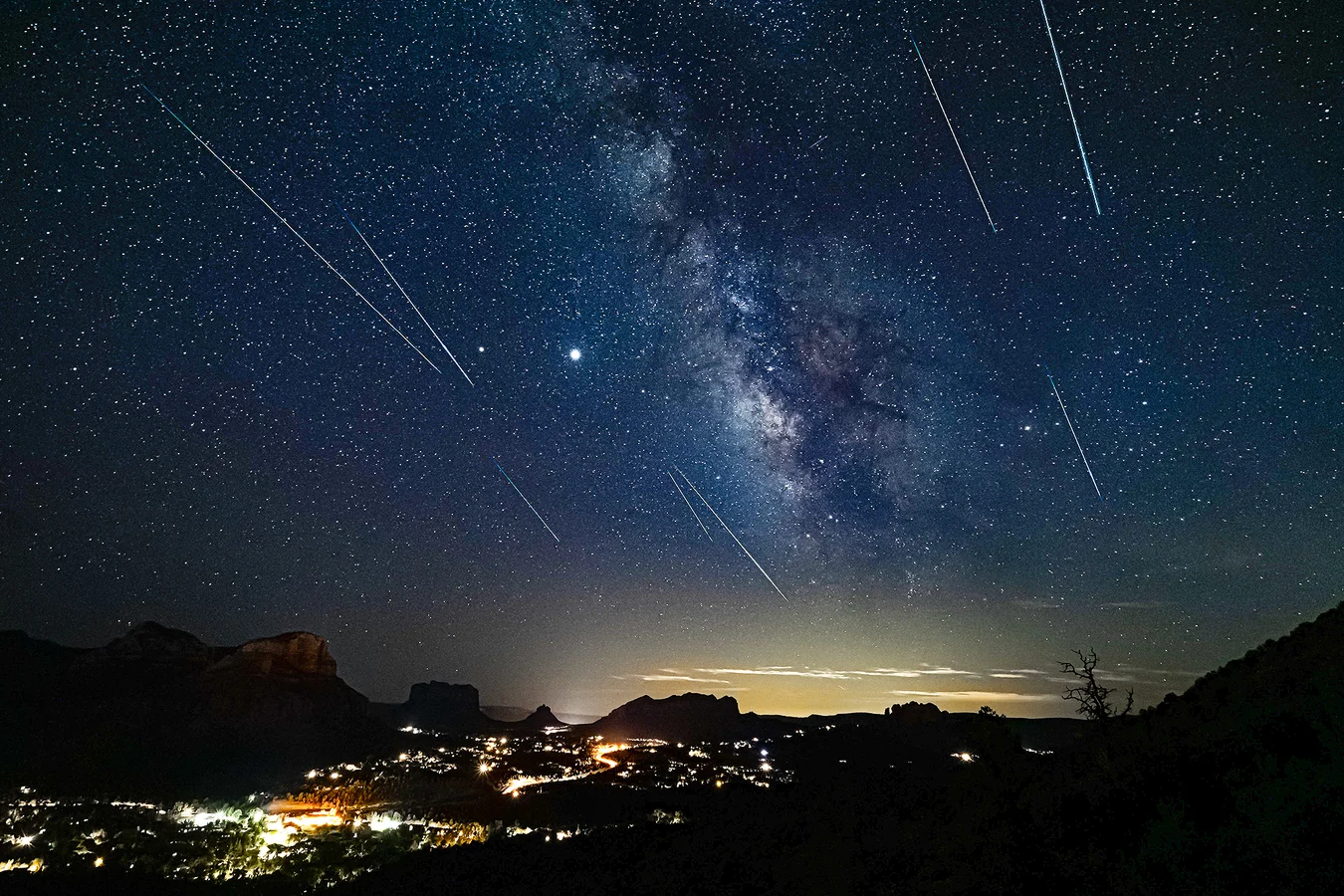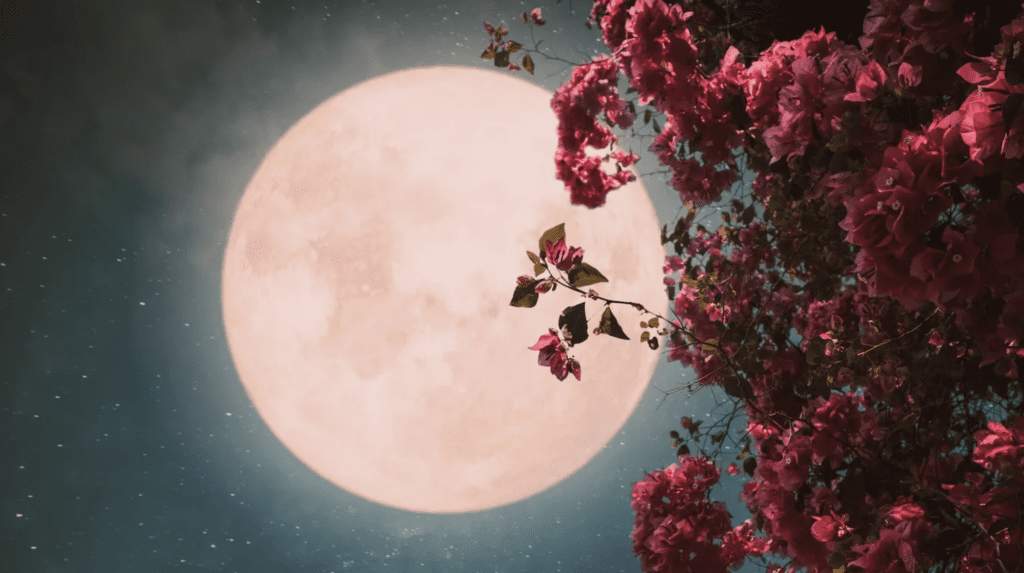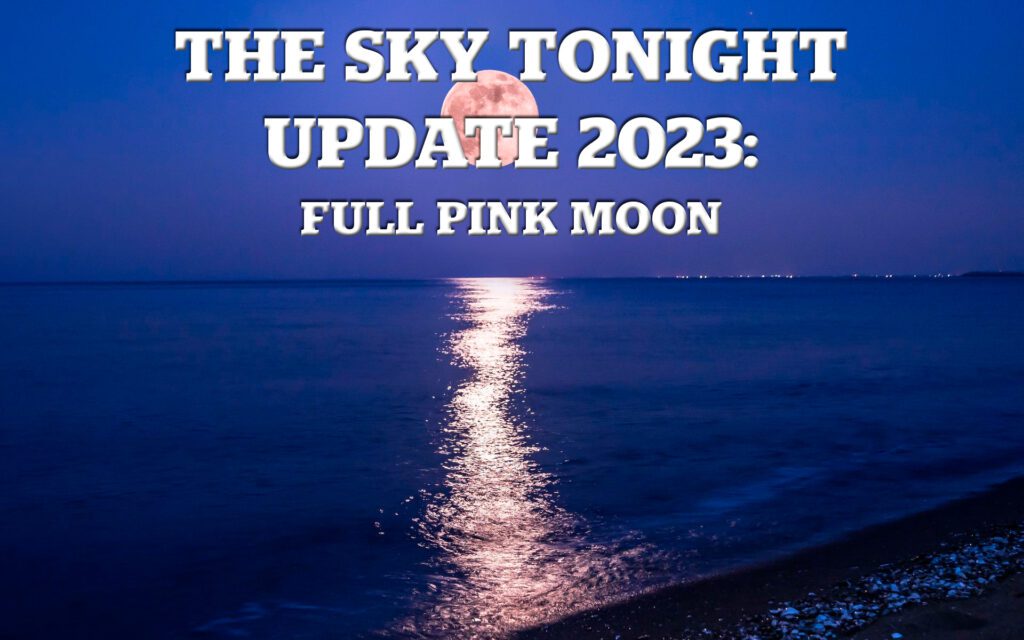The Perseids is one of the best meteor showers to observe, producing up to 60 meteors per hour at its peak. It is produced by comet Swift-Tuttle, which was discovered in 1862. The Perseids are famous for producing a large number of bright meteors.
The shower runs annually from July 17 to August 24. It peaks this year on the night of August 11 and the morning of August 12.
The first quarter moon will block out some of the fainter meteors in the early evening. But the Moon will set shortly after midnight leaving dark skies for what could be an excellent early morning show. Best viewing will be from a dark location after midnight. Meteors will radiate from the constellation Perseus, but can appear anywhere in the sky.
Their radiant – the point in the sky from which the Perseids appear to come – is the constellation Perseus. This is also where we get the name for the shower: Perseids. However, the constellation for which a meteor shower is named only serves to aid viewers in determining which shower they are viewing on a given night. The constellation is not the source of the meteors.























